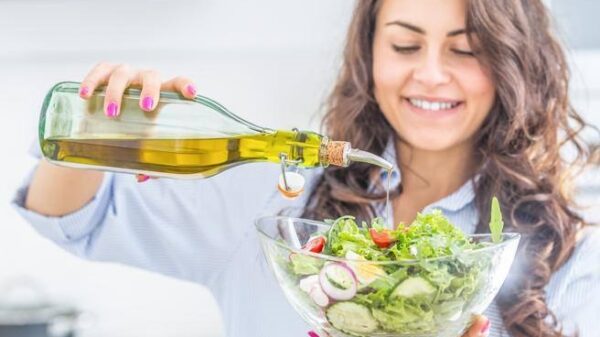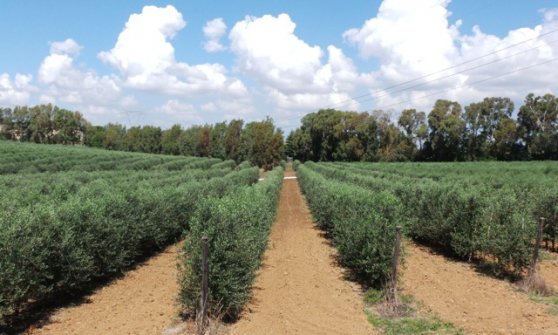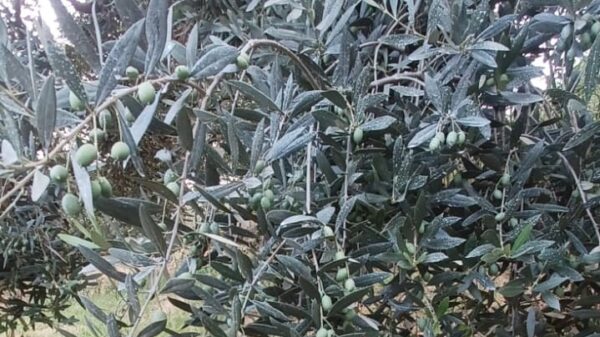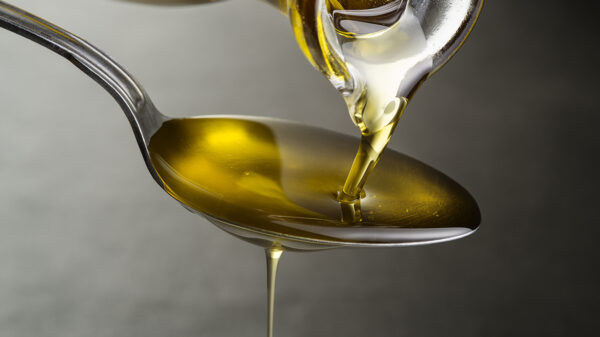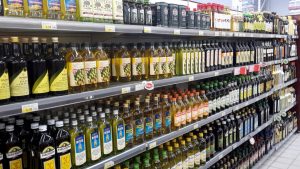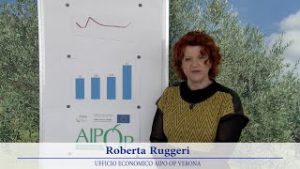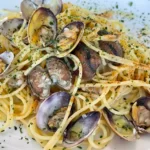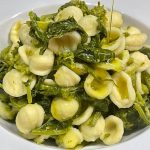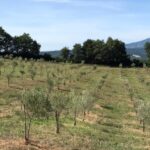The heat waves that have been characterizing our country since last May, together with the drought emergency, lead agricultural businesses to protect any crop from solar radiation, including olive groves.
Among the studies that have dealt with the most effective solutions, those that identify kaolin as one of the best natural protections clearly emerge: being a whitening substance it reflects the sun's rays and generates an "anti-heat" effect on the plant because it lowers the temperature . But there is kaolin and kaolin. Dominic Bucca (in the picture), commercial technician of Clay & Clay, owner of the AgriBioClay brand, explains the differences and helps us to understand how to orient the choice.
 “Although we speak generically of kaolin as a single substance – he immediately clarifies – in reality, from a mineralogical point of view, the deposits are not uniform. To be defined as kaolin, the rock must have at least 60% of the reference mineral, i.e. kaolinite, but it is clear that the higher the values of this mineral, the greater the guarantee of being in the presence of a pure and pollutant-free product ”.
“Although we speak generically of kaolin as a single substance – he immediately clarifies – in reality, from a mineralogical point of view, the deposits are not uniform. To be defined as kaolin, the rock must have at least 60% of the reference mineral, i.e. kaolinite, but it is clear that the higher the values of this mineral, the greater the guarantee of being in the presence of a pure and pollutant-free product ”.
What characteristics does pure kaolin have?
“At least three: the aforementioned high value of kaolinite, the property of fully reflecting light and the ability to absorb night-time humidity which is then released during the day for the benefit of the plant”.
How is kaolin distributed on olive trees?
“By nebulization, kaolin does not dissolve in water, vice versa we witness a dispersion. From 3 to 10 kilos are used for every 100 kilos of water depending on the type of kaolin, the crop and the machinery used. It forms a thin, more or less uniform white film which protects leaves and fruits from excessive solar radiation, filtering both infrared and ultraviolet radiations, reducing the surface temperature of leaves and fruits. Retains moisture and dew. It reduces the plants' need for water, improves the photosynthesis process and prevents the fall of unripe fruit due to thermal stress".
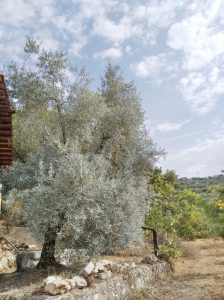 The effect on olives?
The effect on olives?
“Consolidated scientific studies, already developed at the dawn of the 2000s, confirm that quality kaolin increases the size of the fruit, promotes better inolation, guarantees a higher content of polyphenols in the oil”.
Its use against pests is also recommended, right?
"Exactly, it creates a hostile environment for the deposition of eggs by insects, in particular the olive fly, confusing their behaviour, thus avoiding attacks on the fruit, and limiting the reproduction of harmful insects".
What limitations for use?
“Being a natural product, harmless to humans and animals, classified as rock dust, an invigorating enhancer of the natural defenses of plants, it cannot be traced back to agropharmaceuticals, it is freely sold and there is no need for a licence. Not only that, the Ministry of Agricultural Policies has also implemented the European Regulation allowing, due to the characteristics it presents, its use as it is in organic farming”.
To know more: https://agribioclay.com/

